Does this sound familiar? Your company is installing new software. You attend the training session, where the facilitator explains the benefits of the new system and demonstrates how you will use it to do your job. He asks for questions. He doesn’t get many. The training is over and everyone returns to their desks. “That didn’t look too difficult,” you think.
One week later the new system is launched. You log on and…sit there. You sort of remember what to do, but you’re not 100% sure. What if you make a mistake? What is at stake? If it’s a new payroll system, people might not get paid. If it’s a new manufacturing system, the product might not get made. If it’s a new helpdesk system, people might not be able to do their jobs or buy your company’s products and services. The same would be true for leadership training, sales training, or any behavioral training. What are the consequences if you do it wrong? You might negatively impact the customer or a coworker.
Learners weigh risks and rewards.
When attempting to use a new skill or behavior, there is risk. If the learner perceives the risk is greater than the reward, they are LESS likely to use their new behavior. As learning professionals, we know learners must use new behaviors immediately and repeatedly so they become habit.
How can we help our learners get over the hump of “the risk is too great?” We allow the learner to practice new skills during training. I’m not talking about taking a multiple-choice assessment at the end of the session. I’m talking about allowing the learner to try new behaviors using real problems in a realistic environment – where they feel the pride of doing it right, and where they are allowed to fail and feel the consequences of that mistake.
Keep it real.
People learn from real scenarios. Real issues. Real challenges. Real consequences for success and failure. People learn from experience. Your challenge is to bring that “real life” – that urgency – into the classroom or eLearning session. The more relevant and realistic the context, the more easily learners will transfer those skills and knowledge to the job.
Your learning objectives are your guide.
How do you know what to have learners practice during training? The answer lies in your learning objectives. They should follow the ABC method: ACTION, BEHAVIOR, CONNECT (See Greg Bunn’s Aug 10 blog post).
In other words, what do you want them to be able to DO with the knowledge and skills they’ve gained during training? What learners practice helps them meet the learning objectives.
So if your stated objective is…
After completing this course, you will be able to:Issue a refund for a returned item using the original form of payment.
…which of these options will get them to the objective?
Option 1:Multiple Choice<
QUESTION: To issue a refund using the original form of payment:
- Press “Return” key. Select “Original Form of Payment.” Scan the item. Press “Total.”
- Press “Return” key. Scan the item. Press “Total.”
- Scan the item. Press “Return” key. Press “Total.”
or
Option 2:Hands-on Simulation
A customer is returning an item using the original form of payment. Demonstrate the steps to issue the refund accurately.
Customer:“Hi. I’d like to return this item.”
Cashier:“No problem. Do you have the original form of payment?”
Customer: “Yes.”
Instructions:Use the interactive cash register to complete this return accurately.
Option 2 will show the instructor – and the learner – whether the learner knows how to complete the task correctly. In addition, the learner demonstrates the behavior he or she will use on the job, building confidence and lowering the perceived risk. A week later, faced with the new system and a similar situation, that employee will perform better and more confidently. A multiple-choice test does not let you measure against the learning objective and it doesn’t prepare the learner, mentally, for on-the-job performance.
Here it is, in a nutshell.
Giving learners real-life problems to solve during training enables them to:
- learn from their mistakes in a safe environment and without impacting customers, clients, or coworkers.
- build confidence in the new skill or behavior, which reduces the perceived risk and increases the likelihood they will apply their new skills on the job.



